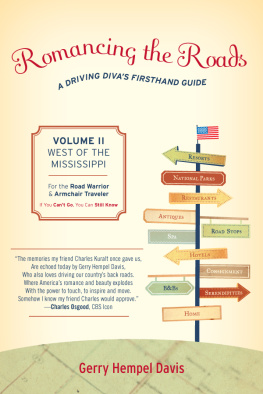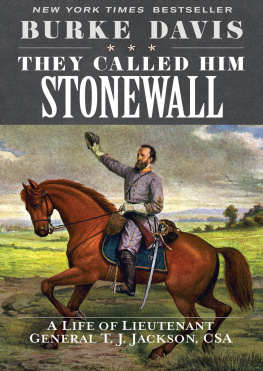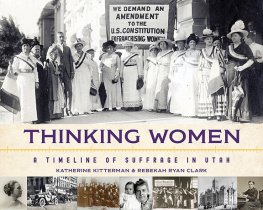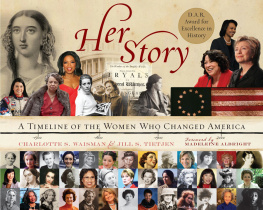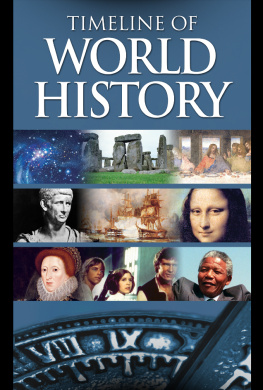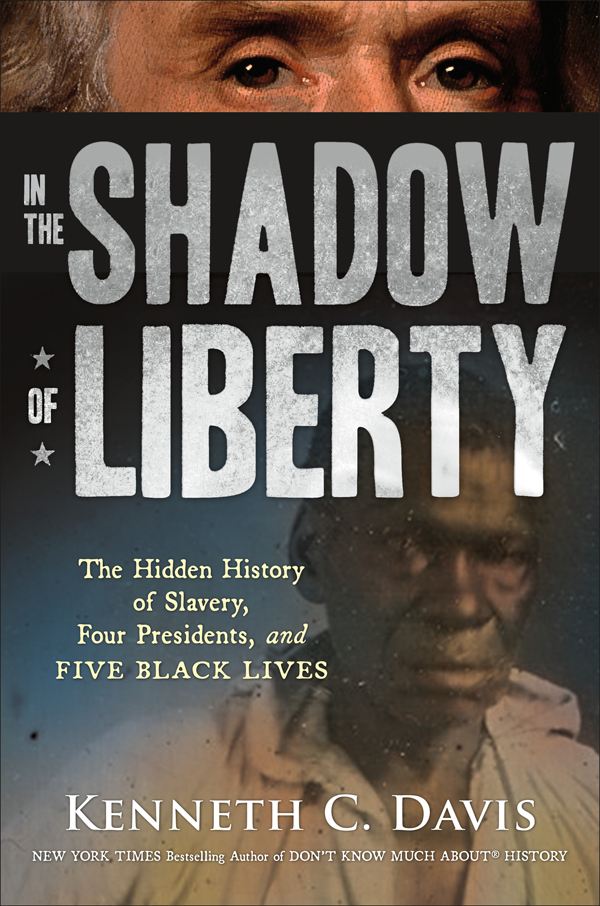Contents
Guide

The author and publisher have provided this e-book to you for your personal use only. You may not make this e-book publicly available in any way. Copyright infringement is against the law. If you believe the copy of this e-book you are reading infringes on the authors copyright, please notify the publisher at: us.macmillanusa.com/piracy.
T O THE DEVOTED TEACHERS AND LIBRARIANS WHO HELP GUIDE US IN OUR QUEST FOR TRUTH
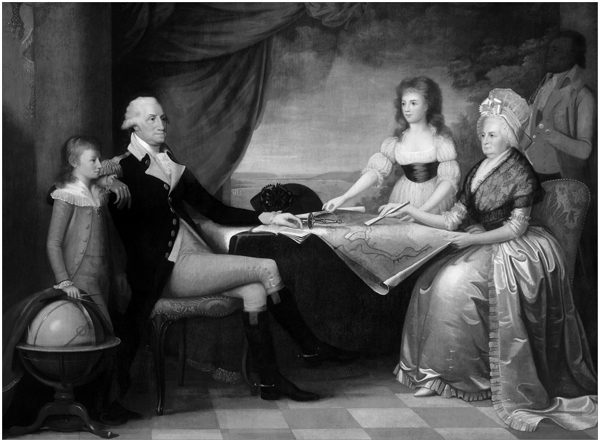
WHO IS HE?
Standing in a 1796 portrait of the Washington family is a house servant in uniform, a black man in profile, his features vague and shadowy. The other figures are clearly shown: President George Washington and his wife, Martha, along with their grandchildren, Nelly and Wash Custis. We know that the map on the table shows the site of the nations future capital city. But who is the black man in the shadows? Nobody knows for sure.
Most of us learn something about Americas presidents. You may have their pictures on your classroom walls. They are certainly in your pockets and piggy banks: George Washington on the quarter and dollar bill, Thomas Jefferson on the nickel and rarely used two-dollar bill, and Andrew Jackson currently on the twenty. Across America, there are schools, cities, and other landmarks named in their honor.
But this book is about some people who are not famous. They dont have towns or schools named after them. They are five enslaved people who were legally the property of some of Americas most famous men. Like that mystery man in the background of the Washington family portrait, these enslaved people were hidden in the shadows of history.
They lived with these powerful men and their families every day, sometimes 247, as we like to say today. Each witnessed extraordinary events. And each has a story to tell about what being enslaved meant in early America:
William Billy Lee and a young woman named Ona Judge were enslaved by George Washington. Billy Lee remained with Washington all of his life. Ona Judge escaped her bondage, bravely challenging Americas most powerful man.
Isaac Granger grew up on Thomas Jeffersons plantation during the American Revolution and lived among the enslaved people who were called family by the author of the Declaration of Independence.
Paul Jennings was born enslaved and taken as a young boy to the White House by James Madison. He watched the city of Washington burn during the War of 1812 and stood beside the deathbed of the man called the Father of the Constitution.
Alfred Jackson grew up the son of an enslaved cook at the Hermitage, Andrew Jacksons Tennessee plantation. He survived the Civil War, lived into the twentieth century, and is buried in the family garden near the seventh president and his wife.
Because these five people were owned by men considered great presidents, we know their names and parts of their stories. Luckily, because of their connections to these presidents, there are records to help us understand who they were and how they lived. These five lives help show us an important part of the great tragedy and complexity of American slavery. In a way, these five stories are as important as accounts of the men who were their legal masters.
America ended legal slavery more than 150 years ago, after four years of a catastrophic civil war that took the lives of as many as 750,000 Americans, according to new estimates. We may learn something about slavery in school. But many people still do not understand or want to accept this basic truth: America was conceived in liberty in 1776, but the country was also born in shackles. Africans stolen from their homes were brought to America before the Pilgrims arrived on the Mayflower. From the countrys earliest days, slavery was an undeniable fact of American life.
This book is about how the threads of slavery were woven deeply into almost every aspect of American society for centuries. It is about how important slavery was to the nations birth and growth and to the men who led the country for so long. It is about wealth and political power and untold misery.
It is also about the deep scars that slavery left on Americaold wounds that surface in racial conflict today. Some people believe that slavery is ancient history, a thing of the past that no longer matters. That is wrong. The past is never dead, wrote the American novelist William Faulkner, a son of the South. Its not even past.
And that is especially true of Americas slave past.
For more than two hundred years, racial slavery was as much a part of our nations story as Pilgrims, presidents, pioneers, wagons rolling west, and waves of immigrants streaming to Americas shores. Well into the twentieth century and the civil rights movement, the poisonous legacy of slavery shaped many attitudes about African Americans.
For much of that timein letters, newspapers, books, and speechesmany white people commonly described enslaved African Americans as shiftless or lazy, disrespectful or uppity, and ignorant. Often compared to apes and monkeys, they were thought dangerousespecially young black men. Those cruel and wrong stereotypes eventually became attitudes widely accepted by generations of Americans, white and black. Those prejudices continue to the present day.
More important, slavery destroyed societys most basic pillarthe family. It did so by telling enslaved people if and when they could marry. It made marriage a whim of the master rather than a legal right. It made women sexual slaves whose children were slaves. And it tore mothers from children and wives from their husbands, to be sold for profit or punishment.
In many years of writing about American history, I have tried to answer a hard but crucial question. It has to do with the gaping hole between the words and deeds of many of Americas great men. These men fought for independence and were true believers in concepts like liberty and equality. How could such men keep other human beings as slaves, denying their freedom and basic rights?
Before writing this book, I tried to answer that question by looking at the writings and actions of Washington, Jefferson, and other men known as the Founding Fathers. But now I want to answer in a different wayby learning about the lives of some people who were enslaved by four of Americas greatest heroes.
For generations, American history books hid or downplayed the evils of slavery. Many presidential biographers were willing to gaze past the cruelty that was central to slavery, along with the key role it played in the lives of some presidents. Young children learned about George Washingtons honesty in a fictitious story of a cherry tree. But most students heard little about the hundreds of people forced to labor in Washingtons house and fields, or the enslaved men who fought Americas wars and built the White House.
There is no way to gloss over slavery. It was a murderous crime against humanity. Its brutal tools were whips, manacles, and floating prisons called slave ships. Its unspeakable methods included beatings, rape, and murder. It relied on a racist belief that white people were superior to black peoplea concept based on ancient religious teachings and tainted scientific notions. Many historians argue that American racismthe belief in white racial superioritydid not exist until it grew out of slavery.



